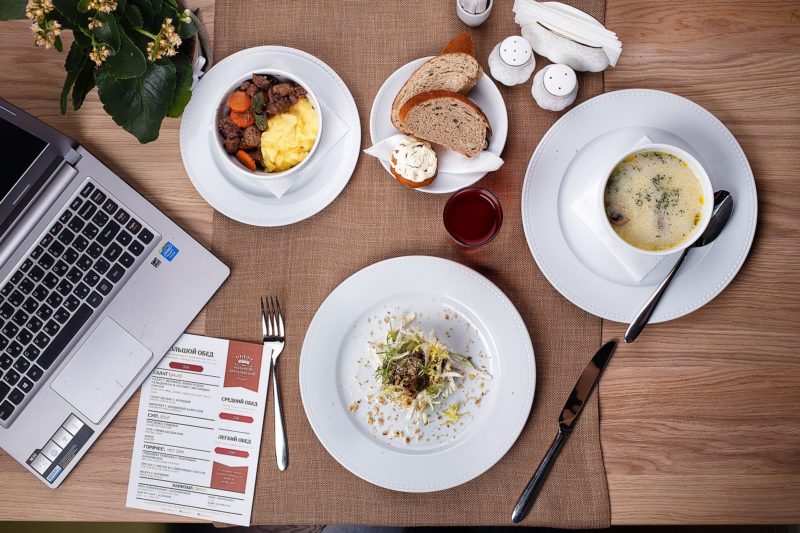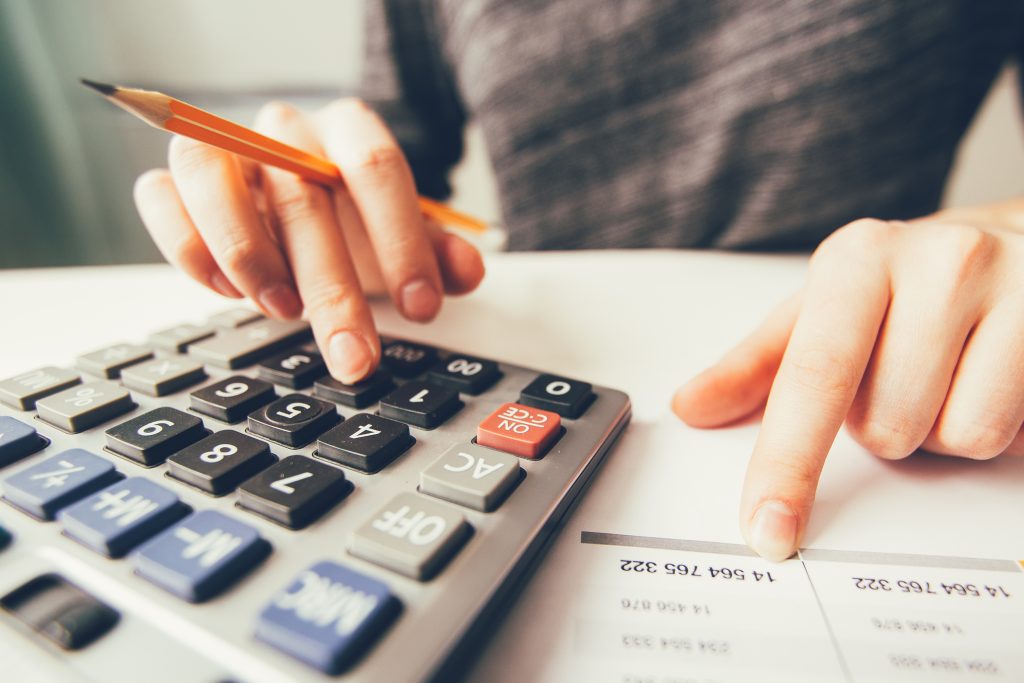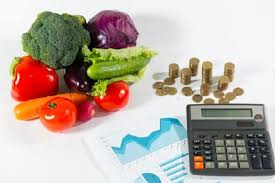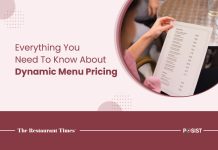Improving your restaurant’s efficiency and increasing profitability depends on various operations, and different cost factors and revenue channels. Hence, making one change will not suddenly improve your operational efficiency and increase your margins. You need to try and evaluate various factors to understand what works for your restaurant and how you can improve the health of your restaurant business. By tracking your restaurant key performance indicators and measuring them regularly, you can catch the loopholes and identify areas that require improvement. For more insights on how to run a successful restaurant business, read this article.
Analyze Your Restaurant’s Success Through Restaurant Key Performance Indicators
Many factors should be taken into account while judging the performance of your restaurant business. In this article, we will talk about the top 5 restaurant key performance indicators that every restaurant owner should know how to calculate and track regularly. These KPI in the restaurant business are:-
- Cost Of Goods Sold
- Food Cost Percentage
- Prime Cost
- Gross Profit
- Employee Turnover Rate
1. Cost of Goods Sold
One of the most critical “Restaurant Key Performance Indicators,” it refers to the cost incurred to create every food item that you sell to your guests. All you need to do is keep track of your inventory levels at the beginning and end of specific time duration, and all additional inventory purchases.
By negotiating better rates with your vendors or purchasing local and seasonal ingredients, you can increase your profit margins.
How to calculate Cost of Goods Sold:
Cost of Goods Sold = Opening Inventory + Purchased Inventory – Closing Inventory.
Say, at the beginning of the month, your inventory was worth Rs50,000 and you purchased more worth Rs.20,000 during the month. At the end of the month, your leftover inventory was worth Rs. 30,000. Hence, as per this equation, your cost of goods sold for that month is = Rs.50,000 + Rs.20,000 – Rs.30,000 = Rs.40,000.
2. Food Cost Percentage
The next on the list of restaurant key performance indicators are ‘Food Cost Percentage.’ It is the difference between the cost of creating a dish (the cost of all the ingredients in a dish) and the selling price of that dish. It means you need to keep updated information on money spent on every item on your menu.
A profitable restaurant typically generates a 28%-35% food cost. However, it depends on a lot of factors like the uniqueness of the dish, restaurant type (QSR or fine dining), and guests’ expectations. For big franchise chains, such as Subway and McDonald’s, the food cost is usually lower due to bulk buying.
How to Calculate Food Cost Percentage:
Food Cost Percentage = Food Cost / Total Sales
If to prepare your mushroom risotto, it cost you Rs. 70 and you sell it for Rs.450, your food cost percentage will be 15.5%. Understanding this will help you to promote the items on your menu that have a higher food cost percentage and contribute the most to your revenue. Try these tips to control your restaurant’s food costs.
3. Prime Cost
Prime Cost is the total of labor costs (salaried, hourly, weekly, etc.) and the cost of goods sold. It is an essential key performance indicator for restaurants as, after food cost, the second-largest source of expense is your staff. The prime cost usually runs 60% to 65% of total sales in a full-service restaurant and 55% to 60% of sales in a quick-service restaurant. You might be able to reduce your food cost, thus lowering your overall expenses, but the reason behind your losing money on food is probably because of your inefficient staff.
However, the good news is that you can control your prime cost by managing labor carefully and by investing in restaurant technology that supports streamlined operations through automation.
How to calculate Prime Cost
Prime Cost = Labour Cost + Cost of Goods Sold.
Find your labor-related costs, including salaried, hourly, weekly, and others. Now, add the sum of your labor costs and your cost of goods sold to arrive at your restaurant’s prime cost.
4. Gross Profit
It is the profit that a restaurant makes after taking into account its cost of goods sold. The gross profit constitutes the money that goes towards reimbursing fixed expenses and profit.
How to calculate Gross Profit
Gross Profit = Total Sales – Cost of Goods Sold
Deduct the total cost of goods sold during a specific time duration from your total revenue (money earned from the sales of food, beverages, and merchandise) to arrive at gross profit. If your restaurant’s total sales for a given month is Rs.8,50,000 and the cost of goods sold is Rs.3,25,000, then your gross profit for the month is Rs.5,25,000.
5. Employee Turnover Rate
Another important metric to take into account while tracking the restaurant key performance indicators is your employee turnover rate. It is the percentage of employees that leave that need to be replaced in a given time frame. Along with other industries, the restaurant industry acutely faces this problem too. The fast-food industry witnesses the highest level of employee turnover, while fine dining restaurants experience a lower turnover rate.
Restaurants hire the wrong people and have a high turnover rate. An incompetent staff can damage the whole dining experience for your patrons and negatively affect your current and future customer base. Also, hiring new staff and training them to bring them up to desirable levels of efficiency require a lot of time and effort. It is advisable to hire the right people from the beginning and take care of your staff so that they are less tempted to leave.
How to calculate Gross Profit:
Average Number of Employees = (Starting Number of Employees + Ending Number of Employees) / 2
Employee Turnover Rate = (Lost Employees / Average Number of Employees) * 100
Add the total number of employees at the beginning and end of a given time period. Divide the sum by 2 to find the average number of employees during this period. Now, find the employee turnover rate by dividing the number of employees who left/got fired by the average number of employees earlier calculated and multiplying it with 100.
So, if you have 12 employees, at the beginning of any month and 10 at the end, your average number of employees will be (12+10) / 2 = 11
And, now your employee turnover rate will be: (2 / 11) * 100 = 18%
This article will tell you how to reduce the employee turnover rate of your restaurant.
You should calculate these restaurant key performance indicators regularly, say monthly or bi-monthly. Also, by comparing these results with the previous ones, you can identify the problem areas and discover trends, which will help you to be more efficient and profitable.



















